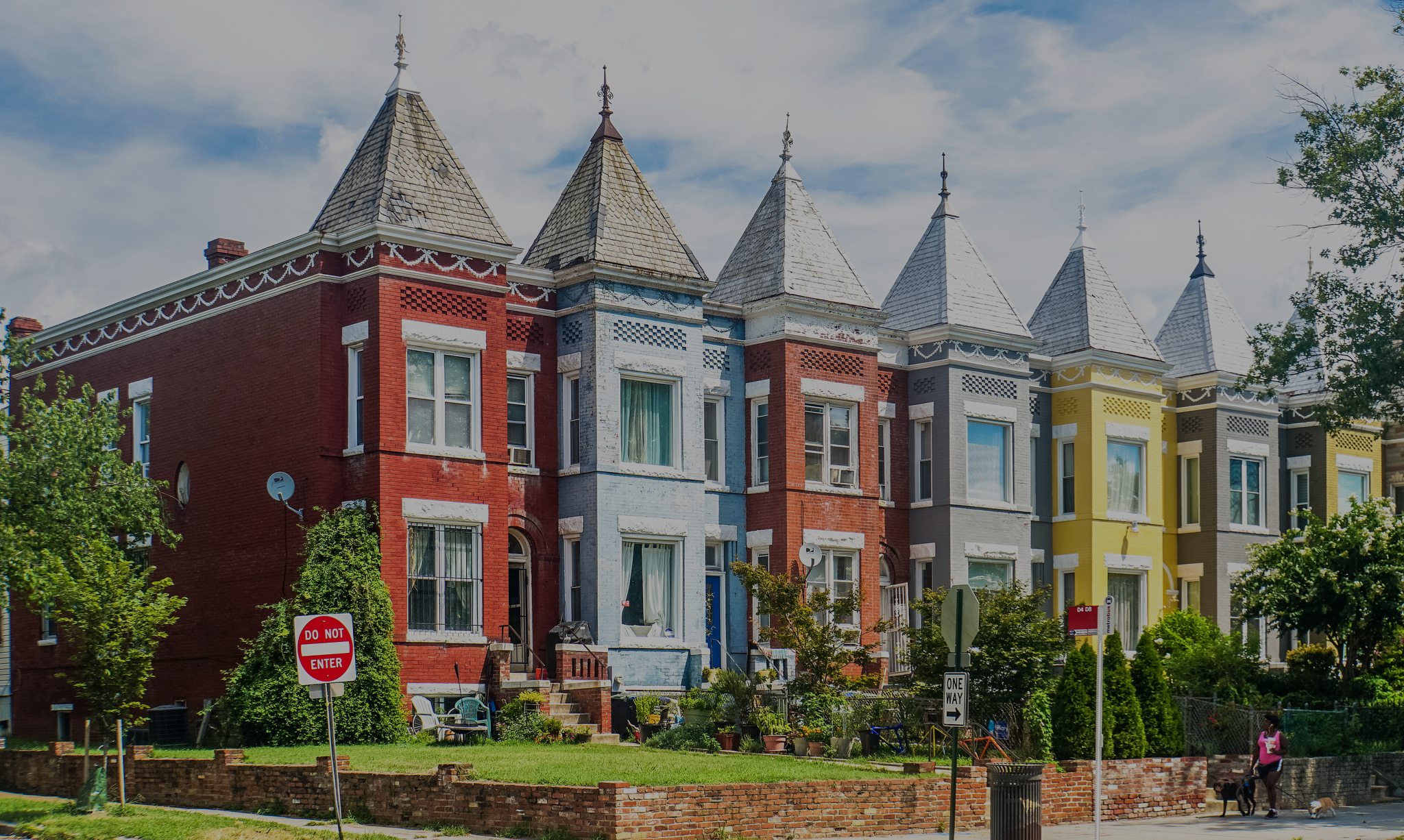On February 24, 2021, the D.C. Policy Center’s article, A decade of demographic change in D.C.: Which neighborhoods have changed the most?, was cited by StreetSense:
Public worries about the plan’s focus and intentions stem from the negative effects of gentrification and Black and brown displacement in the city, particularly in the past decade. Between 2011 and 2015, a rapidly increasing number of white households with incomes greater than $100,000 moved into neighborhoods like Columbia Heights, NoMa, and sectors on the edge of downtown like Navy Yard and Capitol Hill, according to a D.C. Policy Center study. These neighborhoods were noted hot spots for gentrification between 2000 and 2012, a period in which D.C. lost half of its low-cost housing units and held the status of most intensely gentrified city in America. The city lost that position in 2018 and now ranks 13th.
